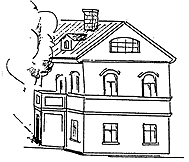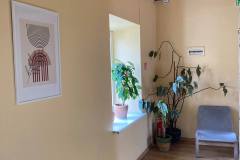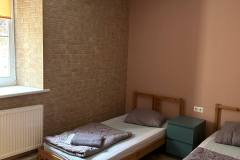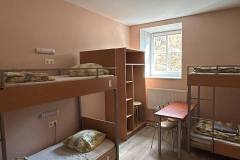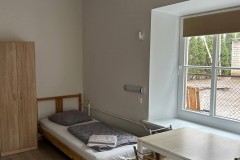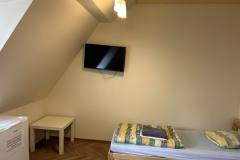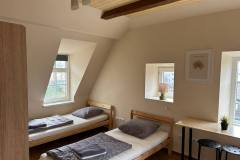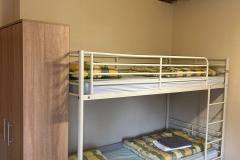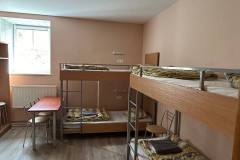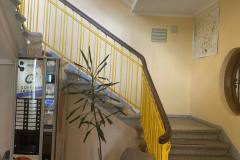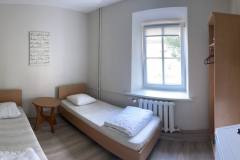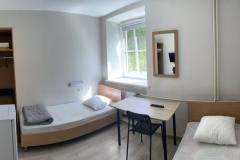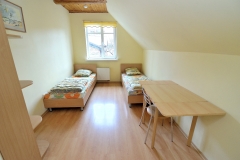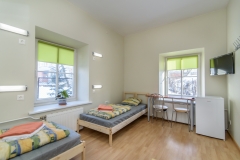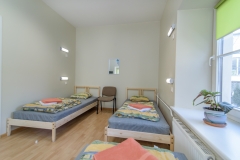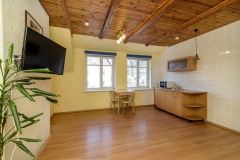Today, Vilnius, the capital of Lithuania, is one of the most frequently visited cities of Eastern Europe. It draws attention, not only because of its unique architectural character, but also by its cultural events and attractions.
During the first ten years of independence the city has become a tourist attraction centre. It is, therefore, not surprising that during these ten years the number of tourists has consistently increased and at the same time tourist infrastructure and services have been developed.
Vilnius, as the capital of Lithuania, is the home of the President, the Seimas, the Government and the Supreme Court. Diplomatic missions, educational, cultural, financial, research, and health care institutions are based there.
It is also the largest city of the country. According to the 2012 statistics, the population of Vilnius is 523,000 people, which accounts for 17 per cent of the total population of the country. Vilnius is home to people of different ethnic backgrounds. Ethnic Lithuanians – 57.8%, Poles – 18.7%, Russians – 14%, Belarusians – 4%, Jews – 0.5%, and representatives of other ethnic backgrounds account for the remaining 5%.
Vilnius occupies an area of about 400 square kilometres of which 20.2% approximately is developed and the remainder is green belt (43.9% approx.) and water (2.1% approx.). The historical centre of Vilnius, the Old Town, (Senamiestis) is one of the largest old town centres in Eastern Europe (covering almost 360 hectares). The Old Town is situated in a picturesque valley of two rivers – the Vilnia and the Neris, at the crossroads of trade roads, next to the ford, which was guarded by Vilnius castle in the olden times.
Vilnius offering lack of accommodations in hotels, hostels, guest houses.
During the first ten years of independence the city has become a tourist attraction centre. It is, therefore, not surprising that during these ten years the number of tourists has consistently increased and at the same time tourist infrastructure and services have been developed.
Vilnius, as the capital of Lithuania, is the home of the President, the Seimas, the Government and the Supreme Court. Diplomatic missions, educational, cultural, financial, research, and health care institutions are based there.
It is also the largest city of the country. According to the 2012 statistics, the population of Vilnius is 523,000 people, which accounts for 17 per cent of the total population of the country. Vilnius is home to people of different ethnic backgrounds. Ethnic Lithuanians – 57.8%, Poles – 18.7%, Russians – 14%, Belarusians – 4%, Jews – 0.5%, and representatives of other ethnic backgrounds account for the remaining 5%.
Vilnius occupies an area of about 400 square kilometres of which 20.2% approximately is developed and the remainder is green belt (43.9% approx.) and water (2.1% approx.). The historical centre of Vilnius, the Old Town, (Senamiestis) is one of the largest old town centres in Eastern Europe (covering almost 360 hectares). The Old Town is situated in a picturesque valley of two rivers – the Vilnia and the Neris, at the crossroads of trade roads, next to the ford, which was guarded by Vilnius castle in the olden times.
Vilnius offering lack of accommodations in hotels, hostels, guest houses.
